What is Group Reporting in SAP S/4HANA?
by Daniel Mateo
 SAP Group Reporting is the new consolidation solution for SAP on the S/4HANA platform delivered on the 1809 release. It provides functions for group accounting and management reporting by supporting process control, data collection, data quality control, consolidation, and reporting.
SAP Group Reporting is the new consolidation solution for SAP on the S/4HANA platform delivered on the 1809 release. It provides functions for group accounting and management reporting by supporting process control, data collection, data quality control, consolidation, and reporting.
SAP positions Group Reporting as their new, strategic solution for all customers who want a future-oriented, complete solution for consolidation. Much is invested in the SAP S/4HANA 2020 release in giving this new solution all the functionality, power, and experience of all other SAP consolidation solutions. It is available as a cloud and in an on-premise version, and it runs directly on the financial data in the S/4HANA system.
What Are The Main Features?
The new Group Reporting tool provides a smooth process between the local and group closing activities since both are in the same database within SAP S/4HANA. It is well-integrated with SAP Analytics Cloud and offers the following capabilities:
- Direct access to legal and management accounting from the universal journal, without needing an ETL or data warehousing tool to transfer the financial records from the transaction system to the consolidation system.
- Customers can perform consolidation and planning activities in a single application and in real-time, having a detailed perspective of the business at any point in the period. That speeds up the closing process to provide more time to analyze and make business decisions upon the results.
- Introduces Financial Statement (FS) Items, replacing the Group Chart of Accounts. The setup and maintenance of FS Items are managed inside Group Reporting, which means the Operating Chart of Accounts is not affected.
- Rule-based eliminations, validations, and reports by desired breakdown items are shared for both local and group closing activities.
- Fully enabled drill-down reporting to the line-items of the entity, leveraging all details of the underlying Universal Journal, having a significant granularity of data, and a clear roadmap for integration with SAP Disclosure Management.

System Integration
If part of the organization is not running within the S/4HANA Finance system, the data can be loaded via the SAP Group Reporting Data Collection module. It is an additional Cloud-based Data Collection application delivered on the SAP Cloud Platform, with native integration to S/4 HANA Group Reporting. It helps to access data that is not in S/4HANA and for data Transformation.
If you want to visualize and present the figures or add advanced planning & forecasting, the system connects directly to the SAP Analytics Cloud. This Cloud solution provides deep insights into the business using reporting and data visualization, which will help in making better decisions. With live data connections, the integration between SAP S/4HANA Finance for group reporting and SAP Analytics Cloud enables business analysis at a group or corporate level without data replication.
There is a roadmap to connect SAP group reporting to SAP Disclosure Management to help you deliver the final stage reporting. SAP Disclosure Management is designed to produce, fill, and publish your financial statements and reports, with embedded workflow, collaborative and audit features.
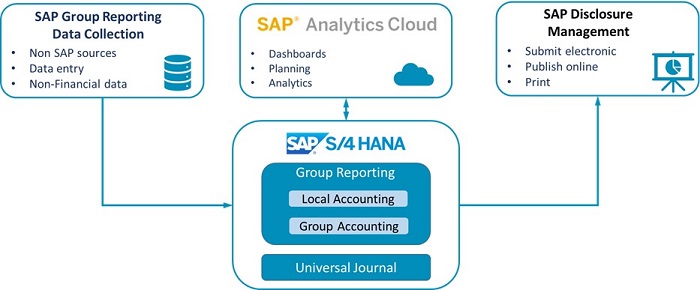
Basic Flow
SAP Group Reporting obtains the financial records directly from the SAP S/4HANA system, feasibly supplemented with external data via API or manual data entry. After this, the data is validated in accordance with the defined requirements. Followed by a currency conversion, manual journal entries, and consolidation to the group structure. This consolidation can take place as a matrix, for example by an entity, but can also consolidate cost centers over the same data; including inter-company and equity eliminations.
At any time of that process, it is possible to generate reports at the consolidation unit or group level using SAP Group Reporting standard reports, SAP Analytics Cloud, Disclosure Management, Embedded Analytics, or Analysis for Office. A reporting solution is available for each requirement.

SAP Group Reporting Vs SAP BPC
Not so long ago, SAP released the latest version of SAP BPC: SAP BPC 11.1 for BW4/HANA. With SAP Group Reporting another new SAP solution for consolidation is available for the customers. Then, many of them can consider which solution would fit best for their organizations. Although the answer is not always straightforward, the following recommendation can be taken into consideration for most organizations:
- If the organization has already implemented SAP S/4HANA Finance, and that is also the most important source for the financial records: SAP Group Reporting, often combined with SAP Analytics Cloud is a good option.
- If there are a large number of source systems and it is desired for an on-premise solution for consolidation and planning/budgeting: SAP BPC 11 would be a good solution.
For a more in-depth look at Group Reporting, check out the next blog in this series about configuration and master data elements.
by Daniel Mateo
More Blogs by Daniel Mateo
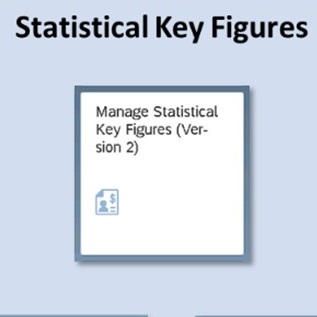
Statistical Key Figures and Reporting in Universal...
This is the third and final blog in a series of three about Universal ...
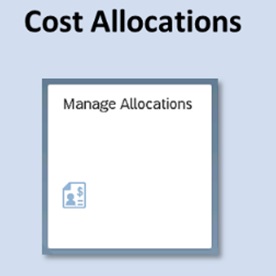
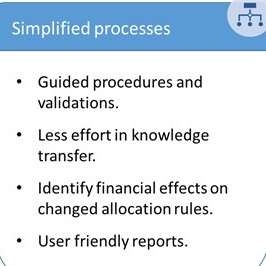
Introduction to Universal Cost Allocation in S/4HANA
Universal Cost Allocation is the new simplified functionality in SAP S...
Related Blogs
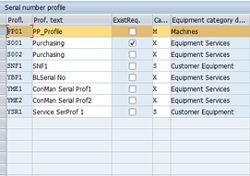
SAP Serial Number Functionality and Configuration
The first feature that comes to mind while writing about the serial nu...

Top 5 SAP Buzzwords You Need to Know
Every industry comes with its own set of jargon, and the technology in...
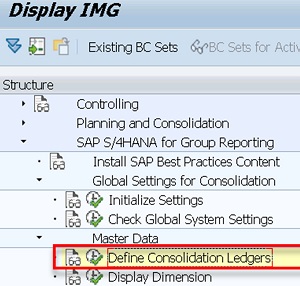
A Look at Main Configuration and Master Data Elements...
This is the second blog in a series of three about SAP Group Reporting. If you...
.png)

